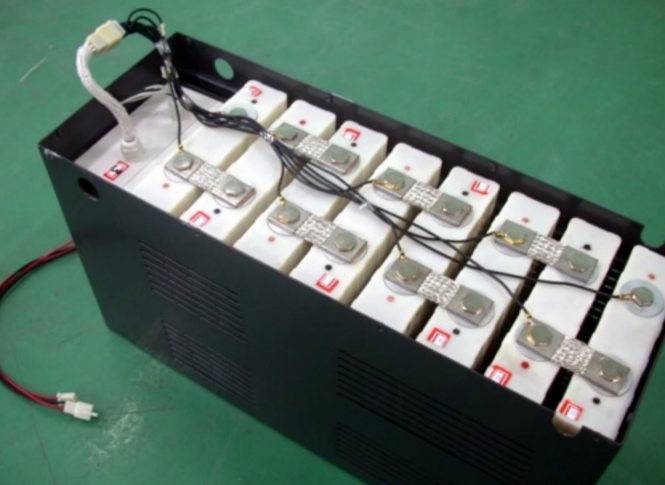




● Cell group consistency requirements:
Due to the limitation of the production process, it is impossible to achieve the complete consistency of the parameters of each cell. In the process of series use, the cell with large internal resistance is first discharged, and first fully charged, long-term use, the difference in capacity and voltage of each series cell is becoming more and more obvious. There are eight consistency requirements that need to be considered when selecting cells for modules.
|
|
Group efficiency |
Battery pack efficiency |
|
Cylindrical cell |
87% |
65% |
|
Square cell |
89% |
68% |
|
Soft cell |
85% |
65% |
At present, the mainstream cooling method on the market has changed to a combination of liquid cooling and phase change material cooling. Phase change material cooling can be used in conjunction with liquid cooling, or alone in less harsh environmental conditions. In addition, there is a process that is still more widely used in China, and the thermal conductivity adhesive process is applied to the bottom of the battery module. The thermal conductivity of thermal glue is much higher than that of air. The heat emitted by the battery cell is transferred by the thermal conductive adhesive to the module housing, and then further dissipated to the environment.
Summary: